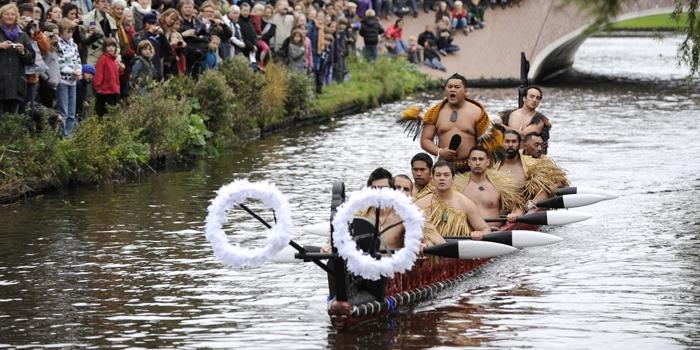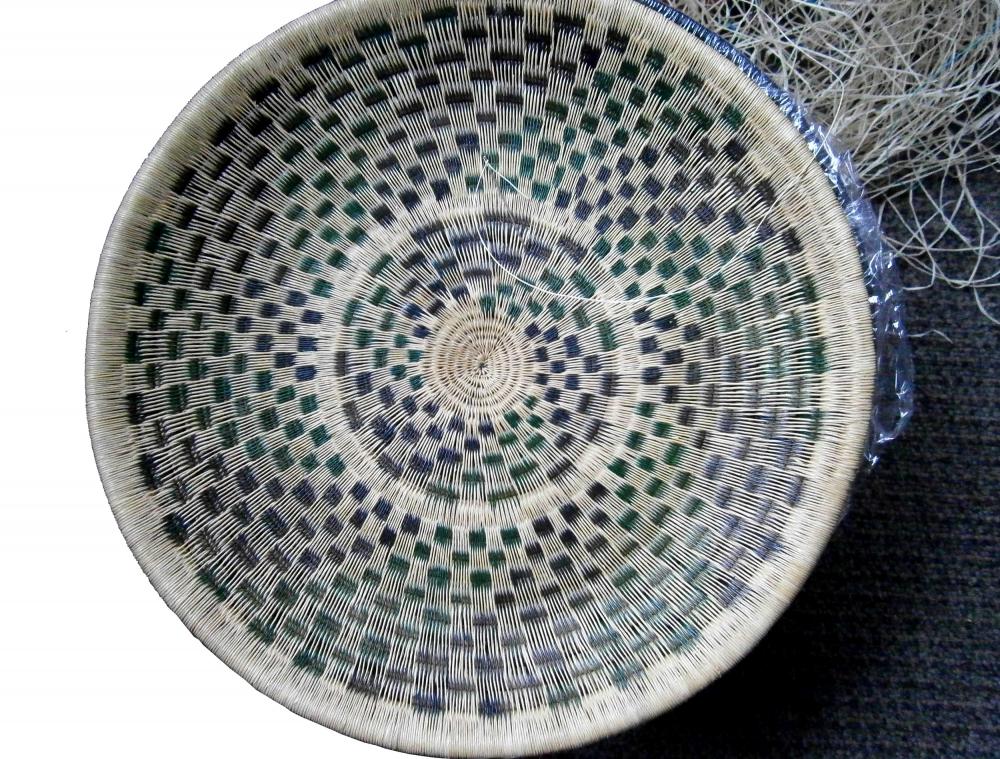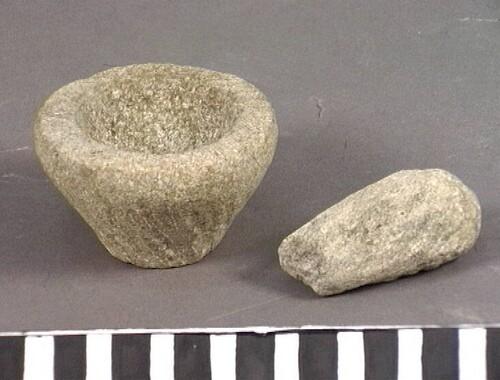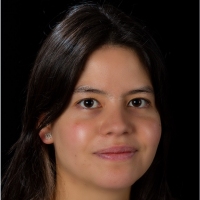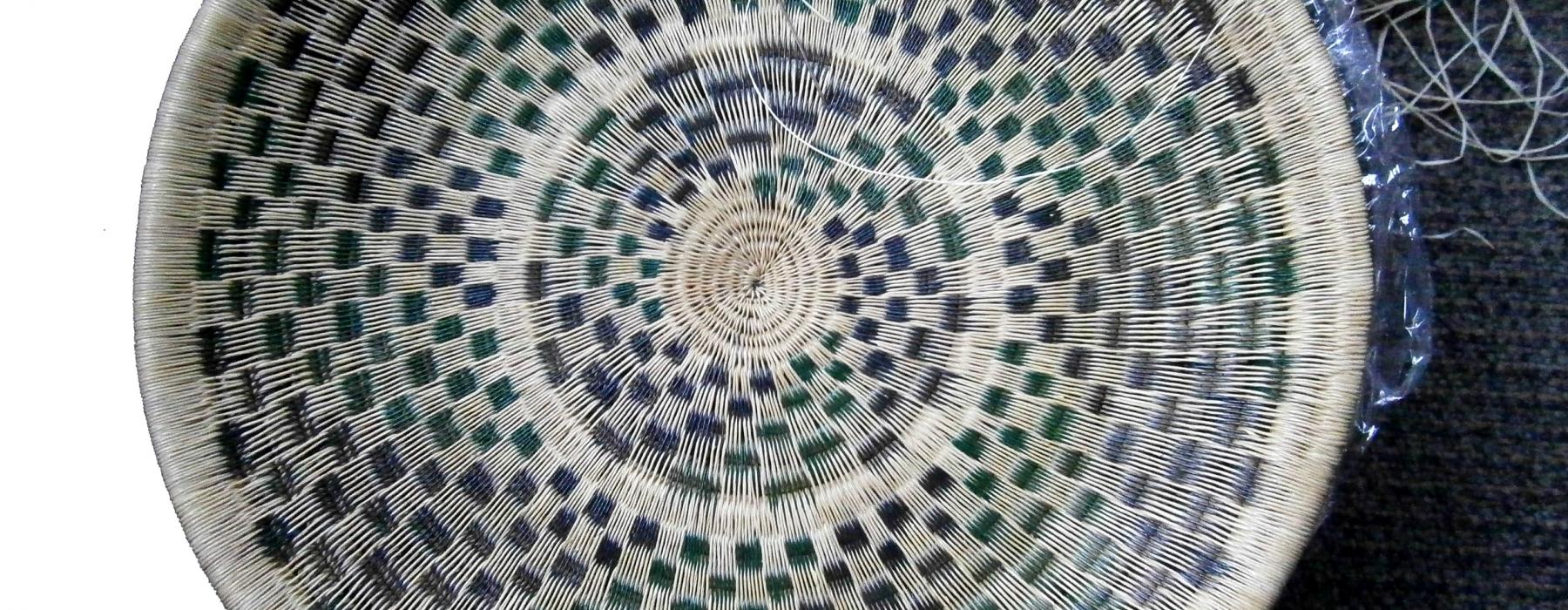
The inspiring presentations and follow up questions coming from the audience confronted everyone that attended the symposium with ongoing issues that relate to ethnographic museums and their practices. During the first part of the symposium – where presentations focused on diasporic objects in relation to museums – some of the issues that came up addressed the role that colonial objects can play in contemporary ethnographic museums; for example, how can museums approach these objects and create spaces that enable multiple voices to be heard and not prioritize certain politically ‘legitimized’ voices more than others. Another point that came up related to a museum’s responsibility to ‘source’ communities in regards to the creation and maintenance of communication lines between object’s host institutions (Museums) and ‘source’ communities.
The second part of the symposium – where presentations revolved around the theme of home – brought to light the incredible potential that diasporic objects have of helping migrating individuals create a sense of continuity in the face of their own migration. Speakers in this section focused on the subtlety of everyday objects that are a part of migrants’ material lives, objects that migrants engage with in an almost unconscious way, but are extremely important in building a sense of home in a foreign context/land.
In this blogpost I would like to briefly explore some of the key questions and reflections that came up during and after the symposium. As the organizer of the event, I am still reflecting on the questions that emerged from the Diasporic Objects symposium; some of these questions were unexpected, incredibly complex, and alluring. Due to my own ongoing thought process, I will not offer any concrete or finished thoughts about the symposium. I will rather use the unfinished/open-ended quality of my personal thought process to give readers some space to resonate, contradict or even divert their own train of thought.
One of the first issues that came up and was touched upon by Professor Paul Basu, was the use of the term diaspora and its implications. One of the problematics of using this term is the resulting process of essentialization of the group of people that compose a diaspora, which can lead to a flattening out of the multiplicity of diasporic experiences and identities that can be a part of a larger and politically ‘legitimized’ diasporic community. This essentialization of diasporic communities can lead museum projects focusing on certain groups of diasporic objects/or people to overly focus on a univocal reading /interpretation of the objects, that is, one authorized by the politically legitimized diaspora community.
However, this issue presents a very practical obstacle. If in our contemporary context (of constant migration), boundaries of identity are so blurred – sometimes even presenting the unexpected overlapping of multiples identities – how can museum practitioners create spaces where these blurred lines, those ‘not so easy to define’ identities can be heard? How can museums use the potential of diasporic objects to find a balance that on the one hand gives already formed diaspora groups a space to express themselves and on the other hand opens up to, other emerging, more complex diasporic identities? Is it possible to accomplish this through the creative use of objects found in ethnographic museum collections? Nonetheless, when opening up a museum’s collections to multiple readings, should there be any limits to who is authorized to speak about certain (highly symbolically charged) diasporic objects? If so, who is entitled to make such a decision? Who symbolically and/or practically owns diasporic objects (the Museum, the host country, the ‘source’ community’)? Can a diasporic object have multiple owners?
